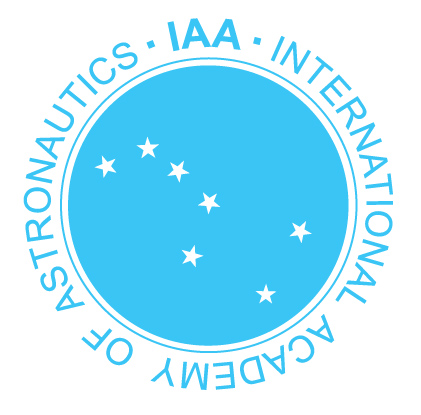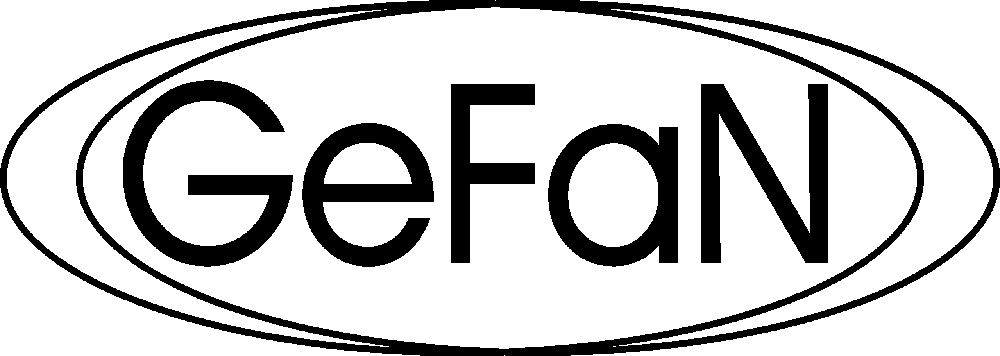• February 11, 2019
Check out the latest Mission Idea Contest
• April 11, 2018
Online registration for 5th Mission Idea Contest is open!
• February 17, 2018
The 5th Mission Idea Contest is coming!
 Abstract Template Abstract Template
• December 4, 2017
Team USA and Team Italy won the 1st and 2nd Places, respectively. Congratulations!
• October 19, 2017
The winners of the local competitions were announced. Good luck in the final presentation in Rome!
• February 22, 2017
We are pleased to announce that PreMIC5 workshop will be held in Rome, Italy during 5th UNISEC-Global Meeting scheduled in Dec 2-4, 2017. The winners of local competitions will get together in the workshop.
|
|
The Mission Idea Contest (MIC) was established in 2010 to provide aerospace engineers, college students, consultants, and anybody interested in space with opportunities to present their creative ideas and gain attention internationally. The primary goal of MICs is to open a door to a new facet of space exploration and exploitation.
Development of micro/nano-satellites started as an educational and research program primarily at university laboratories. As the micro/nano-satellite technology matures, it has spread rapidly across the academics and industry for practical application.
WINNERS
1st Place
Smallsat Ionosphere Exploration at Several Times and Altitudes,
William Evonosky, Duann Yi, Kandi Anand Kaustubh University of Colorado Boulder, National Central University, IIST
2nd Place
Arid and Semi-Arid Lands Satellite (ASAL-SAT): A LoRa ground sensor network for easing life in Sub-Saharan Africa ASAL areas,
Kiruki Cosmas Kyushu Institute of Technology
IAA Award
Development of Microsatellite in Monitoring Initial Harmful Algae Bloom (HAB) ,
Aik Kwan Tan University Sains Malaysia (USM)
Student Prize
HERON - An Open Source Microbiology Experiment Platform in Low Earth Orbit,
Ali Haydaroglu University of Toronto
Finalists of the 5th Mission Idea Contest (Oral Presenters)
| Title | Author(s) | Affiliation | Country |
|---|
Smallsat Ionosphere Exploration at Several Times and Altitudes
 Abstract (672 KB) | Abstract (672 KB) |  Presentation (2.7 MB) Presentation (2.7 MB)
|
William Evonosky, Duann Yi, Kandi Anand Kaustubh |
University of Colorado Boulder, National Central University, IIST |
USA, Taiwan, India |
Arid and Semi-Arid Lands Satellite (ASAL-SAT): A LoRa ground sensor network for easing life in Sub-Saharan Africa ASAL areas
 Abstract (675 KB) | Abstract (675 KB) |  Presentation (2.98 MB) Presentation (2.98 MB)
|
Kiruki Cosmas |
Kyushu Institute of Technology |
Japan |
3U Cubesat to monitor Red Tide Blooming in Central America
 Abstract (276 KB) Abstract (276 KB) |
Mariela Rojas Quesada |
Universidad de Costa Rica |
Costa Rica |
Mining Surveillance Application Using a CubeSat Constellation
 Abstract (229 KB) | Abstract (229 KB) |  Presentation (7.0 MB) Presentation (7.0 MB)
|
Ashley Naudé |
Stellenbosch University |
South Africa |
Development of Microsatellite in Monitoring Initial Harmful Algae Bloom (HAB)
 Abstract (672 KB) | Abstract (672 KB) |  Presentation (2.6 MB) Presentation (2.6 MB)
|
Aik Kwan Tan |
University Sains Malaysia (USM) |
Malaysia |
HERON - An Open Source Microbiology Experiment Platform in Low Earth Orbit
 Abstract (605 KB) | Abstract (605 KB) |  Presentation (2.8 MB) Presentation (2.8 MB)
|
Ali Haydaroglu |
University of Toronto |
Canada |
HEMERA-Constellation of passive SAR-based micro-satellites for a Master/Slave configuration
 Abstract (284 KB) | Abstract (284 KB) |  Presentation (1.6 MB) Presentation (1.6 MB)
|
Andrea Bellome |
University of Rome -La Sapienza |
Italy |
Semi-Finalist (Poster Presenters)
| Title | Author(s) | Affiliation | Country |
|---|
In-Situ Measurement of Material Degradation in Space
 Abstract (562 KB) | Abstract (562 KB) |  Poster (732 KB) Poster (732 KB)
|
James Xie |
Queen's Space Engineering Team |
Canada |
In-Orbit Assembly of Cube Satellites with Novel Docking Techniques
 Abstract (1,5 MB) | Abstract (1,5 MB) |  Poster (3 MB) Poster (3 MB)
|
Samuel Low and Parekh Shalv Amit |
SINGAPORE SPACE AND TECHNOLOGY ASSOCIATION |
Singapore |
South American Seismic Sensing Constellation
 Abstract (1 MB) | Abstract (1 MB) |  Poster (9.2 MB) Poster (9.2 MB)
|
Sánchez Olivera Francisco Javier, Benítez Vargas Osvaldo, López Sánchez Sebastián, Ramírez Alcántara Moisés
|
Instituto Politecnico Nacional |
Mexico |
Nile River Quality Monitoring
 Abstract (465 KB) Abstract (465 KB)
|
Mariz Dief |
Zewail city for science and technology |
Egypt |
Satellite laser tracking system for aquatic organisms
 Abstract (676 KB) Abstract (676 KB)
|
Yuki Kakushi |
Kindai University |
Japan |
Objectives
Encourage innovative exploitation of micro/nano-satellites to provide useful capabilities, services or data.
Eligibility
Any individual, group or company with suitable space systems expertise and an enthusiasm for nano-satellites
Please propose innovative mission idea to satisfy any of the UN Sustainable Development Goals with 1 or more satellite(s) (satellite mass should be 50kg or less.)
Evaluation Criteria

- Originality (50 points)
- Novel mission concept not yet realized or proposed, or a new implementation of an existing capability or service (25)
- Impact on society (25)
- Feasibility (50 points)
- Technical (20)
- Programmatic (cost estimate, development schedule, infrastructure requirements) (15)
- Operational (description of ground segment and communications architecture, e.g., planned use of existing infrastructure) (15)
Reasons for participation
- Finalists will be given an opportunity to make a final presentation in front of international reviewers on November 19, 2018 (during 6th UNISEC-Global Meeting).
- Award
- Selected papers will be published.
- High visibility for your ideas and the potential for future collaboration and support
• Collaborator:
 International Academy of Astronautics (IAA) will award the IAA Award International Academy of Astronautics (IAA) will award the IAA Award
• Sponsor for Student Prize:
 GeFaN (Gesellschaft zur Förderung des akademischen Nachwuchses) GeFaN (Gesellschaft zur Förderung des akademischen Nachwuchses)
| Call for paper | Feb 16, 2018 |
| Abstract due | May 17, 2018 |
| Notification | July 3, 2018 |
| Final paper due | Sept 10, 2018 |
| Final presentation | November 19, 2018 during 6th UNISEC-Global Meeting |
Venue
International Space University (ISU)
1 Rue Jean-Dominique Cassini, 67400 Illkirch-Graffenstaden, Strasbourg, France
Google Maps
|









